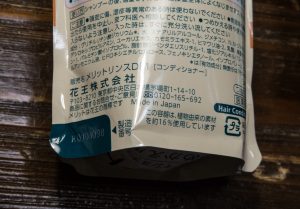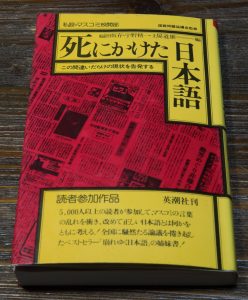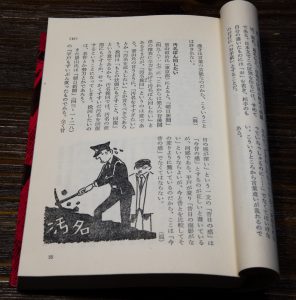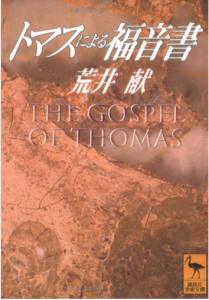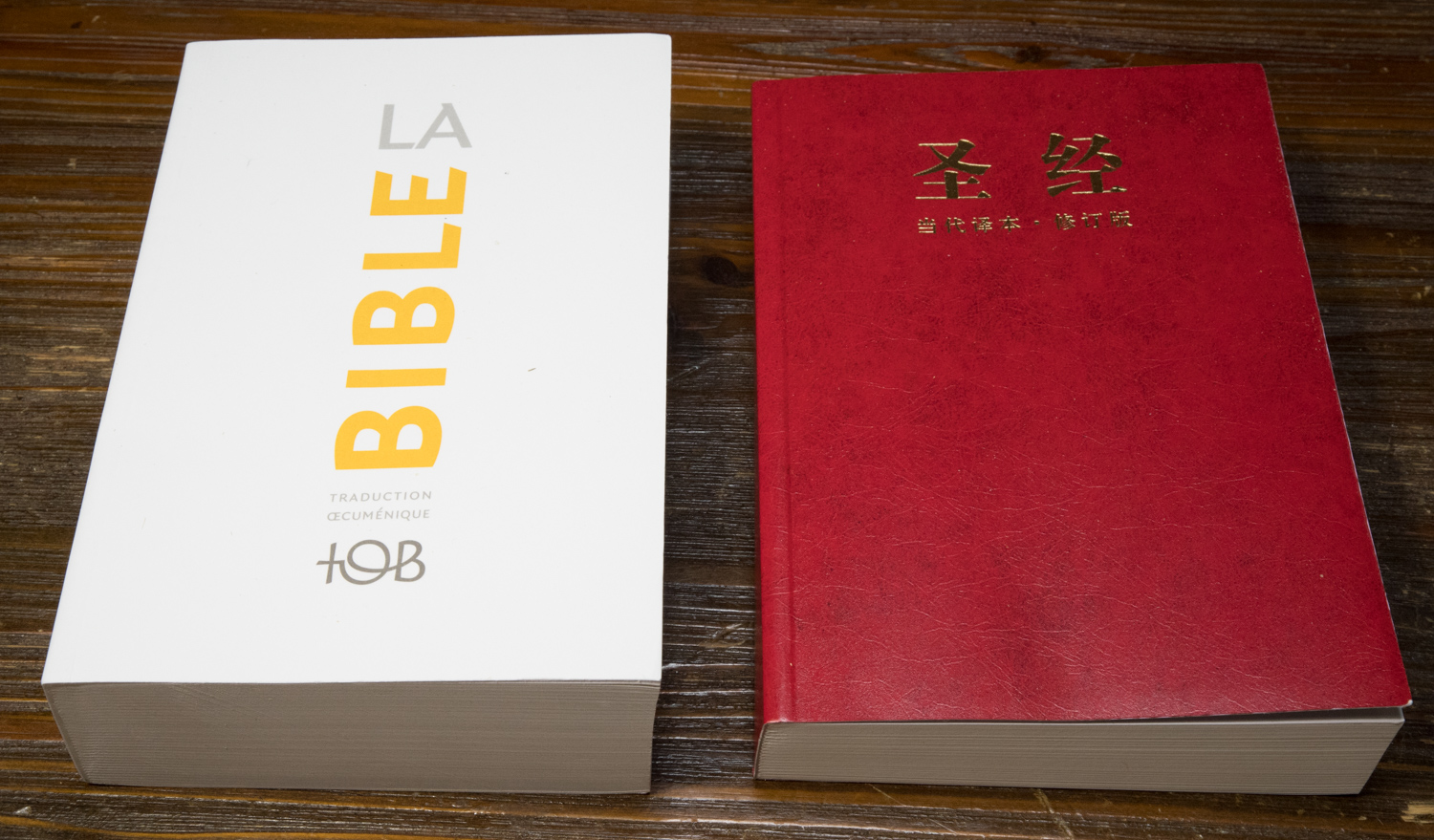(The following essay is what I wrote as an assignment of writing English on October 6.)
Title: Computers Style: Casual
I have a CD of Japanese Tokusatsu (special-effects dramas) theme songs. There is a song among them named “Time Limit”, and some very interesting parallel phrases are included in it. Quote:
“Turn around, turn around the earth! Angels inhabit computers. Let’s charge! They give us energy of dream and hope with some items that can increase our happiness.
Stop, stop the earth! Devils inhabit computers. Let’s charge! They bring us to the stage where we hate each other with dark and ambitious energy.” (from the ending theme of Choujinki Metalder, broadcasted in 1987 – 1988)
https://www.youtube.com/watch?v=kbxm9OGMUyo
Is a computer an angel or a devil? It is quite an interesting and still imminent question. Now, in 2018, we can rephrase it: Is AI an angel or a devil? Since the early years of the 1960s, there has been naïve belief that computers can do everything. Nearly 60 years later, there are many people who still believe that AI can do everything. I watched recently one such story in Voyage to the bottom of the sea, an old Sci-Fi TV drama broadcasted in the 1960s. In that story, the submarine Seaview was attacked by a huge coelenterata (simply said, just a giant jelly fish), and the skipper Crane asked her computer about necessary evasive actions he should take, and he closely followed the instructions given by the computer. The drama described the then near future, namely the 1970s. We know that even in the 1970s there was no computer that could give us such sophisticated knowledge for something. But who can laugh at Irwin Allen (the director of the drama)? If we remake the drama now, the computer would be replaced by AI, eventually. There is absolutely no difference at all.
It may be true that AI programs will go beyond human beings in the near future. Some scientists expect that in 2045 and call it “singularity”. A clear and famous example is Google’s Alpha Go, AI Go program. The latest version of Alpha Go has made itself stronger and stronger by repeating battles inside it for more than 100 million times. Now the program is alleged to have reached the level that even its programmers could not expect in advance.
Since this essay is “casual”, I won’t discuss this problem further. But honestly to say, I have no answer for the above-mentioned question whether a computer/ AI is an angel or a devil. But I feel like that the year of singularity will come earlier than expected. Thus, the song “Time Limit” may sound like a prophecy, very realistic.

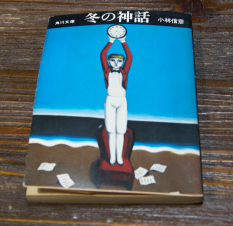
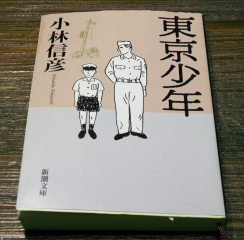
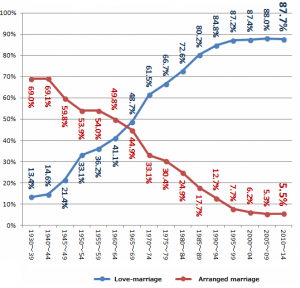
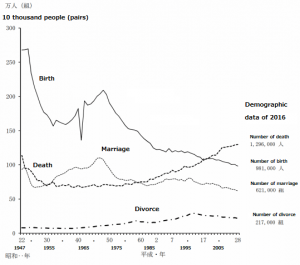

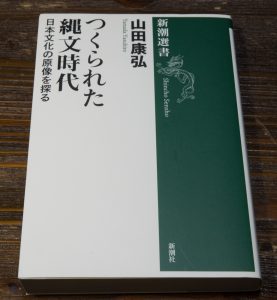
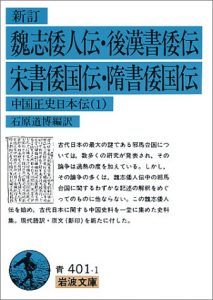 相変わらずWeb上にはフェイクニュースが多いです。
相変わらずWeb上にはフェイクニュースが多いです。
